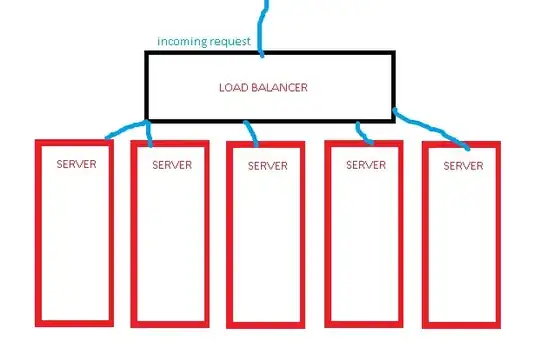I'm trying to figure out how exactly the load balancing of sites like facebook/youtube works, but I have few questions. So after alot reading I figured out that loadbalancing looks like this: When loadbalancer should be a server, who split the traffic between the servers.

My question is: If the load balancer is single server which split the traffic between the other servers, how sites like facebook/youtube can handle 50,000+ requests per second? If the loadbalancer is single server won't it die, how he's able to route 10gbps traffic or more? Also how this load balancers knows on which server video XXXX ( for example ) is located?